Innovations in Passive House Construction
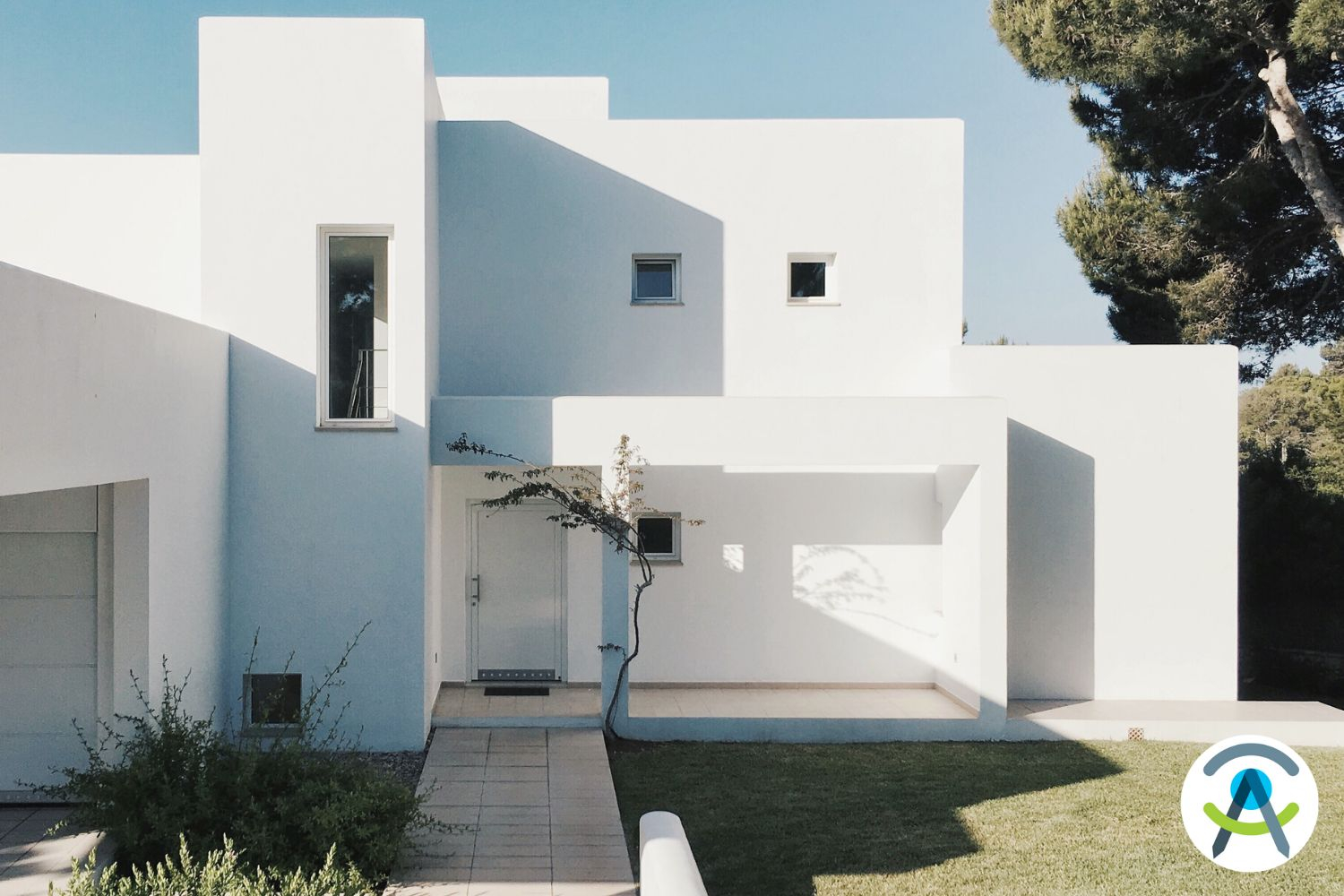
Passive houses are the perfect combination of an eco-friendly design and a comfortable living environment. It is the focus of many innovations in the materials used and the capacity to exploit solar energy. The construction methods and production of energy are evolving, and technological innovations are revolutionising the concept of passive construction. Moreover, if the passive house produces energy, it can become a positive energy house. Some professionals are looking to go even further and are working to invent innovative solutions to further reduce energy consumption in housing. Have a look at some of these latest innovations.
Innovations in building materials: Hemp concrete

Hemp concrete has several advantages. It has a good reaction to fire, a low carbon footprint, good thermal and acoustic performance and a lifespan of up to 100 years. Today, it is possible to build a 25-metre high building with this material and the possibility of prefabricating the panels opens up even more new opportunities.
In addition, the hemp concrete facades on a timber frame allow for a light concrete wall structure. It consists of two walls adjoining the neighbouring buildings with 4 cm of wood wool insulation and a central partition wall. However, this material is not load-bearing and must be cut with wooden cross beams that support the load when the building is raised.
In practical terms, the hemp concrete mixture is sprayed onto wooden panels 3 to 4 metres wide and 2.50 metres high, which are attached to the supporting structure. A microporous paint finish inside the disposable formwork, a Fermacell gypsum board, will maintain the gas flow regulation capacity. With this technique, 95% of temperature variations and 85% of humidity variations are absorbed.
Wood
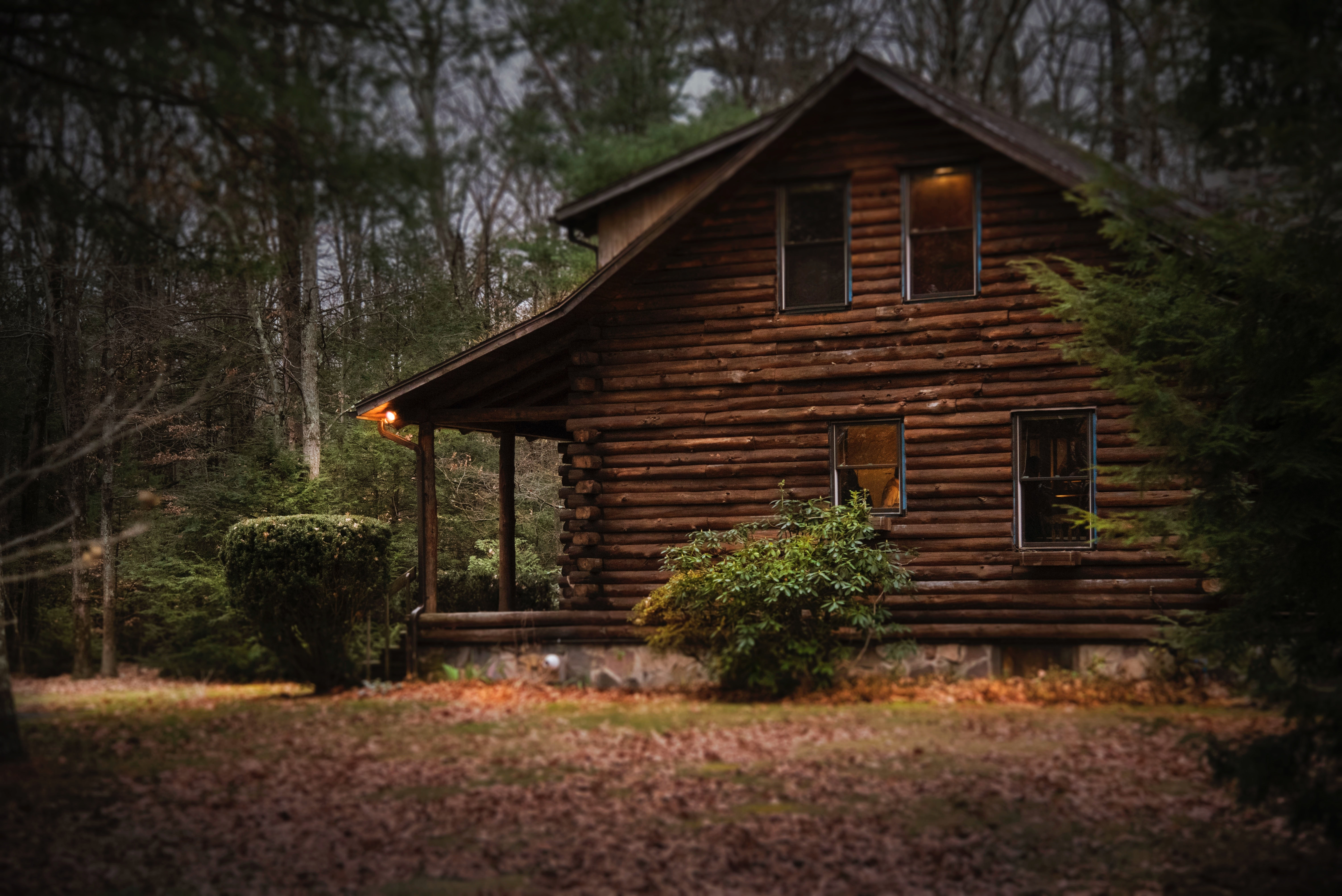
Wood is a popular material in the passive house market. Lignatech, for example, has established itself in France as one of the specialists in the construction of passive and low energy wooden houses. Like its competitors, the company uses local wood and is constantly innovating. Since 2019, it has been offering a load-bearing wall made of nailed planks coupled with a secondary framework containing wood fibre insulation manufactured by the company Isonat in Mably, France. The Lignapli wall is quickly installed and several options are available for the finish, wood cladding, mineral plaster, etc. The Lignadal load-bearing floor developed by Lignatech is characterised by wooden pedals and a wood-concrete alloy with spans of 8 to 9 metres without support. Thanks to these innovations, the houses are very energy efficient.
Waterproofing doors & windows
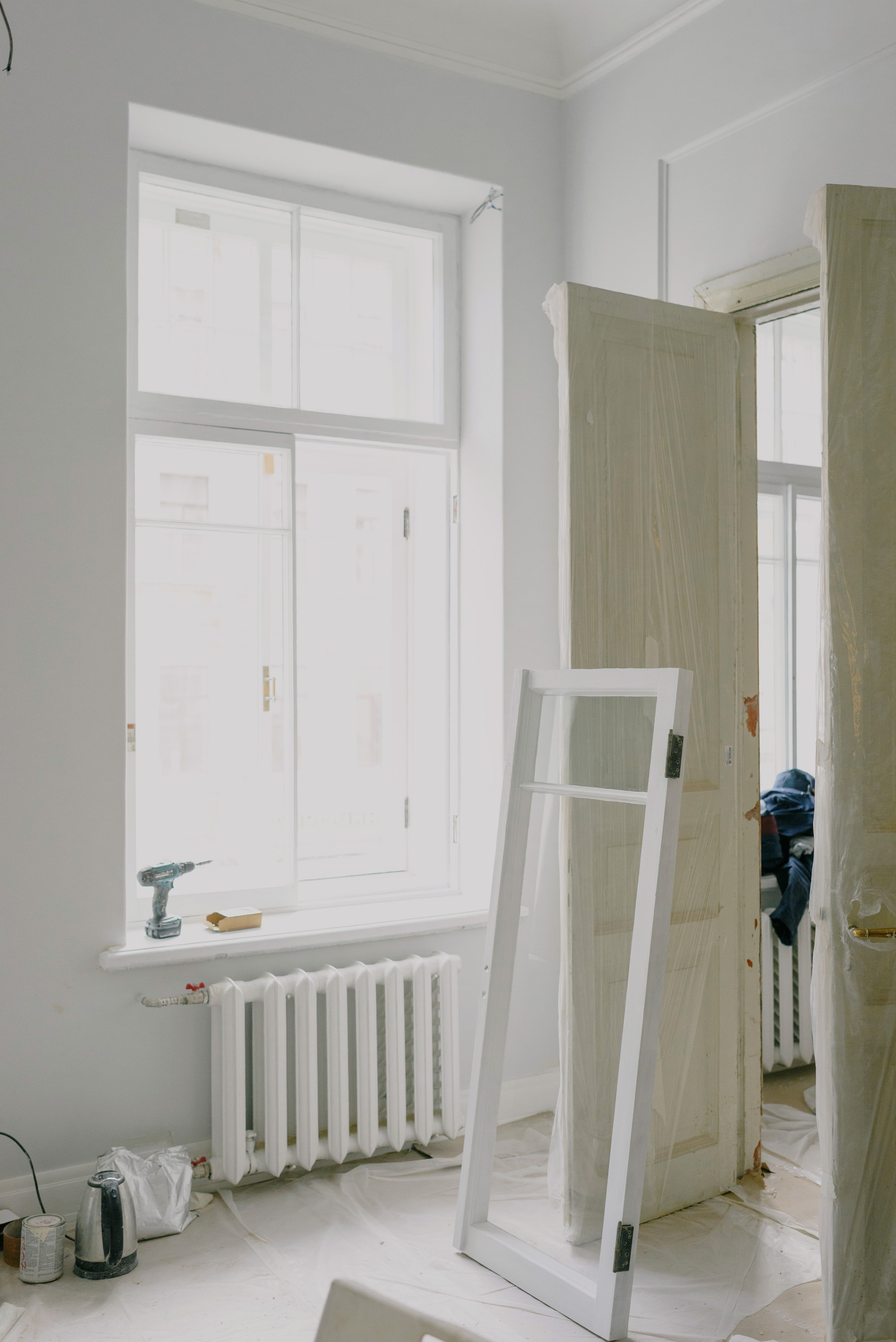
Insulation is the central element of passive construction and the tightness of the openings plays an essential role
Insulation around joinery
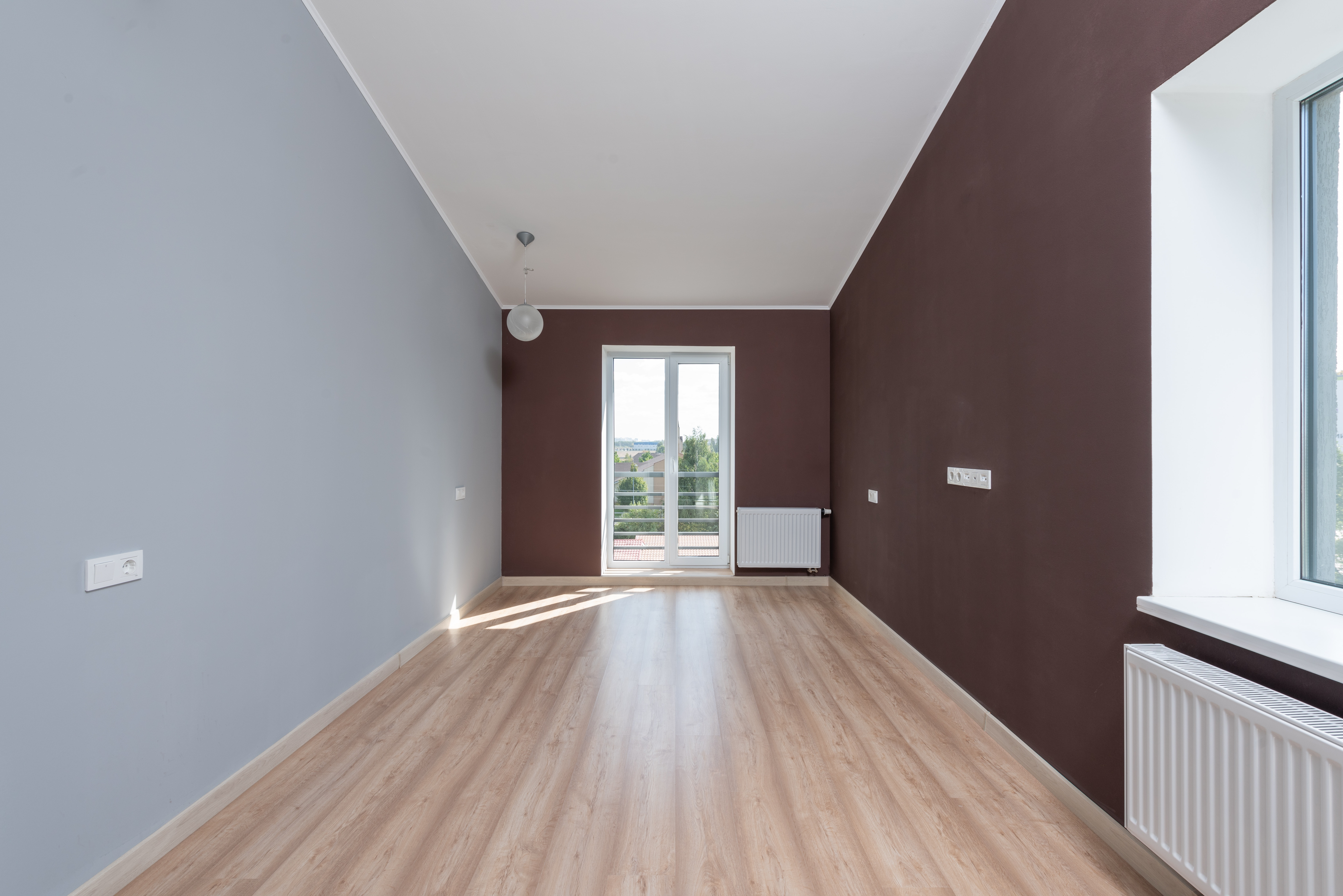
Changes in thermal regulations require manufacturers to make their waterproofing solutions more and more effective.
For this reason, illbruck has developed the i3 system, which provides a triple barrier of driving rain protection on the outside of the façade, thermal and acoustic insulation and airtightness.
The i3 system can be used in your construction or renovation projects and can be installed in a tunnel, on a wall or on an old frame.
Windows and thermal performance
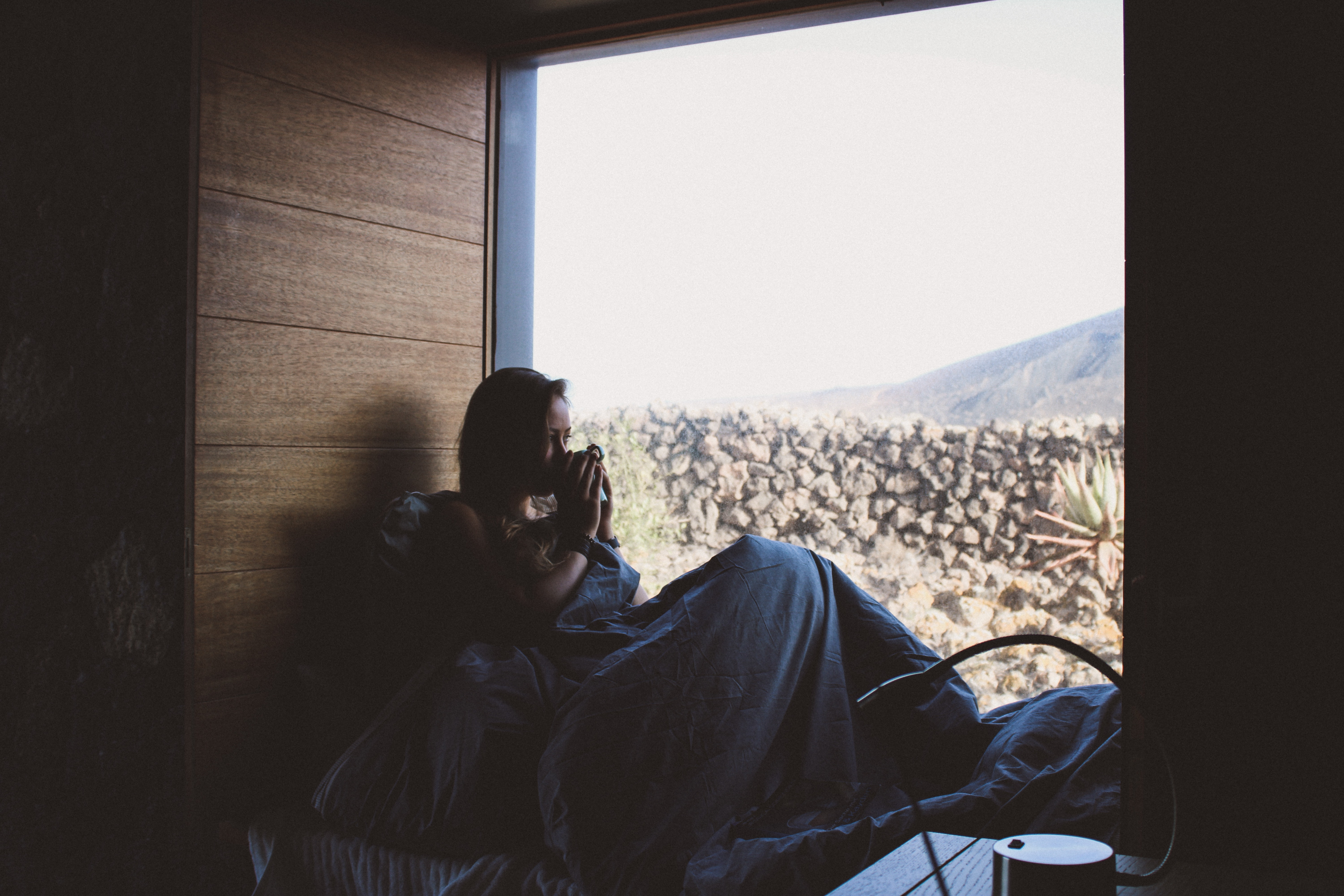
The thermal performance of windows is an essential element in the choice of windows for a passive house. FAKRO's FTT U8 is the most powerful on the market today. It has only one set of glazing and is installed with the Thermo EHV-AT fitting. It has a Uw value of 0.58W/m2K and is Passivhaus Institut certified.
Its passive double glazing consists of four toughened glasses (toughened outer glass, two low-emissivity toughened intermediate glasses and a toughened inner glass with low emissivity). The latter is embedded in a foil that reduces the formation of thermal bridges to a minimum. This provides optimal thermal insulation.
This window is available in various sizes and is suitable for roofs with a pitch of 15° to 70°. It is equipped with the topSafe system, which offers more security against break-ins. Finally, on the aesthetic side, these vacuum-treated pinewood windows are very resistant and offer a two-coat acrylic paint finish with an elegant handle.
Passive house and home automation
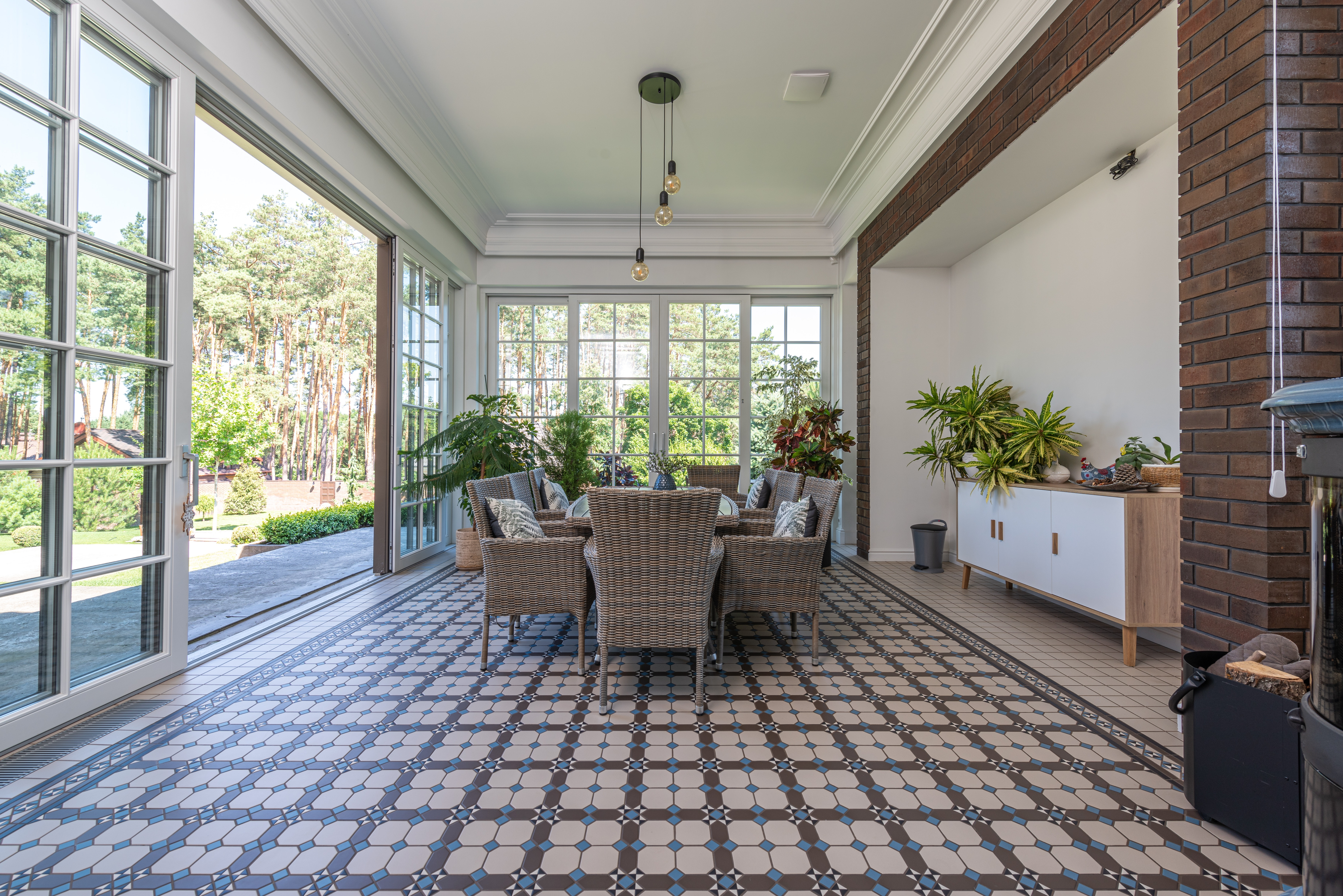
Passive houses are equipped with highly innovative home automation. Among the many examples that can be cited is the French start-up Qarnot Computing, which allows you to use the heat emitted by computers and computer operations to heat your home thanks to digital radiators equipped with a heat source made up of processors. This heat from IT operations is used instead of having to be cooled in data centres.
If the construction of a passive house is part of your plans, we would advise you to go through a specialised builder. A thermal study agency will thus define the requirements to be met to ensure that the house is perfectly airtight with the outside air and will guarantee you the best possible insulation.
Find the best architects to bring your project to life on Find-My-Architect.com.